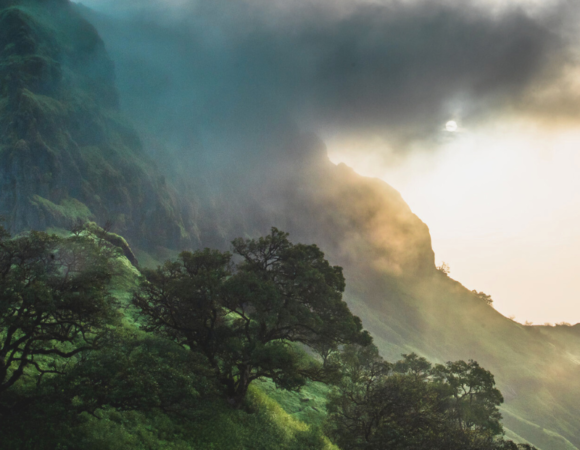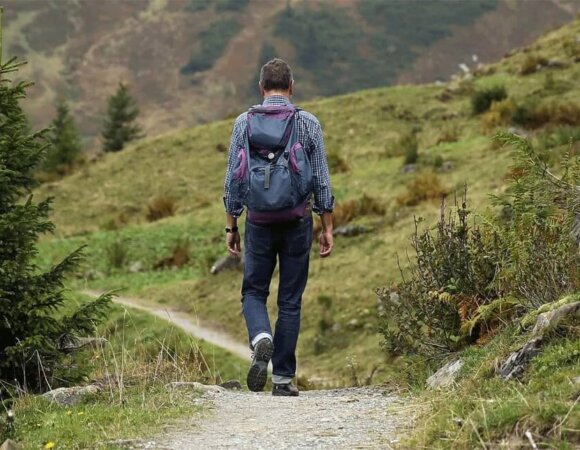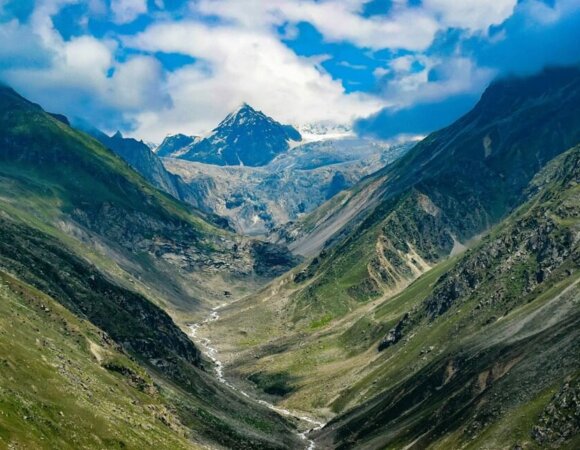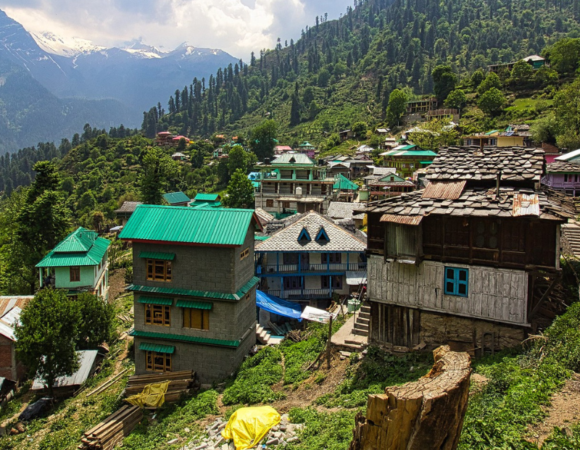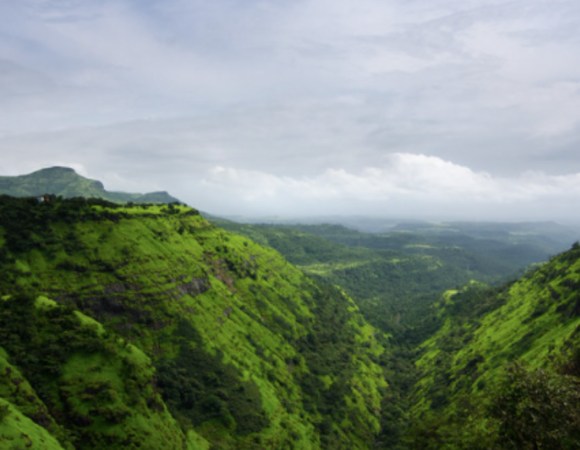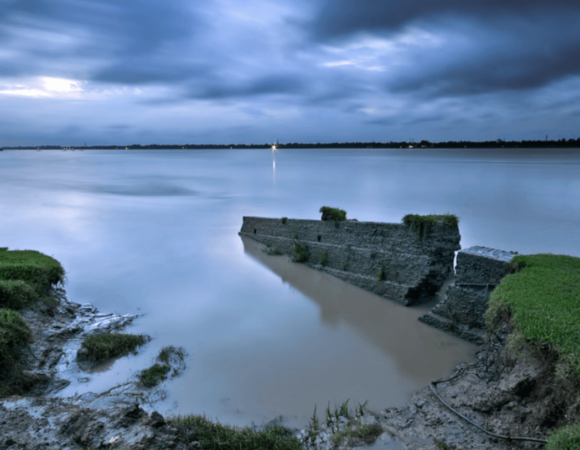9 Must-Visit Places for Spiritual Trekking Adventure in India • Scoutripper
Trekking is often regarded as a physical adventure that brings individuals closer to nature. However, spiritual trekking transcends the physical aspect, offering a profound journey into the soul. It fosters a deeper connection with the mind and a sense of alignment with higher energies. This unique combination of physical activity and spiritual awakening has become increasingly popular among adventurers seeking inner peace and enlightenment.
Table of Contents
ToggleSpiritual trekking appeals to people across all age groups, as it provides an opportunity to find clarity and address doubts within their minds. This transformative experience not only rejuvenates the spirit but also inspires individuals with renewed energy for their future endeavors.
What is Spiritual Trekking?
Spiritual trekking combines the physical act of trekking through peaceful and often blessed settings with soul-nourishing activities like meditation, mindfulness, and reflection. These routes usually lead to spiritually significant regions, such as old temples, monasteries, or spots thought to be filled with magical energy. Unlike ordinary trekking, spiritual trekking emphasizes both the inside path of self-discovery and the outside experience of nature’s beauty.
Why Do People Engage in Spiritual Trekking?
People go on spiritual journeys for many reasons:

To Seek Peace: In today’s fast-paced world, spiritual trekking provides an opportunity to disconnect from the chaos and discover inner tranquility. It helps purify the mind, clearing away negative thoughts and fostering mental clarity.
To Connect with Nature: Trekking through pristine, untouched landscapes cultivates a deep appreciation for the natural world and fosters a sense of harmony. The colors, sounds, and changing seasons of nature have a profound ability to resonate with the human mind, creating a lasting connection.
For Self-Discovery: Spiritual treks often serve as a journey of self-reflection, allowing individuals to explore their purpose in life. They provide answers to self-doubt, build confidence, and inspire a greater understanding of oneself.
To Experience Sacred Spaces: Walking in the footsteps of sages and visiting sites of religious and historical significance can be a transformative experience. These sacred spaces are believed to enhance positive energy flow, rejuvenating both the body and the mind.
Benefits of Spiritual Trekking
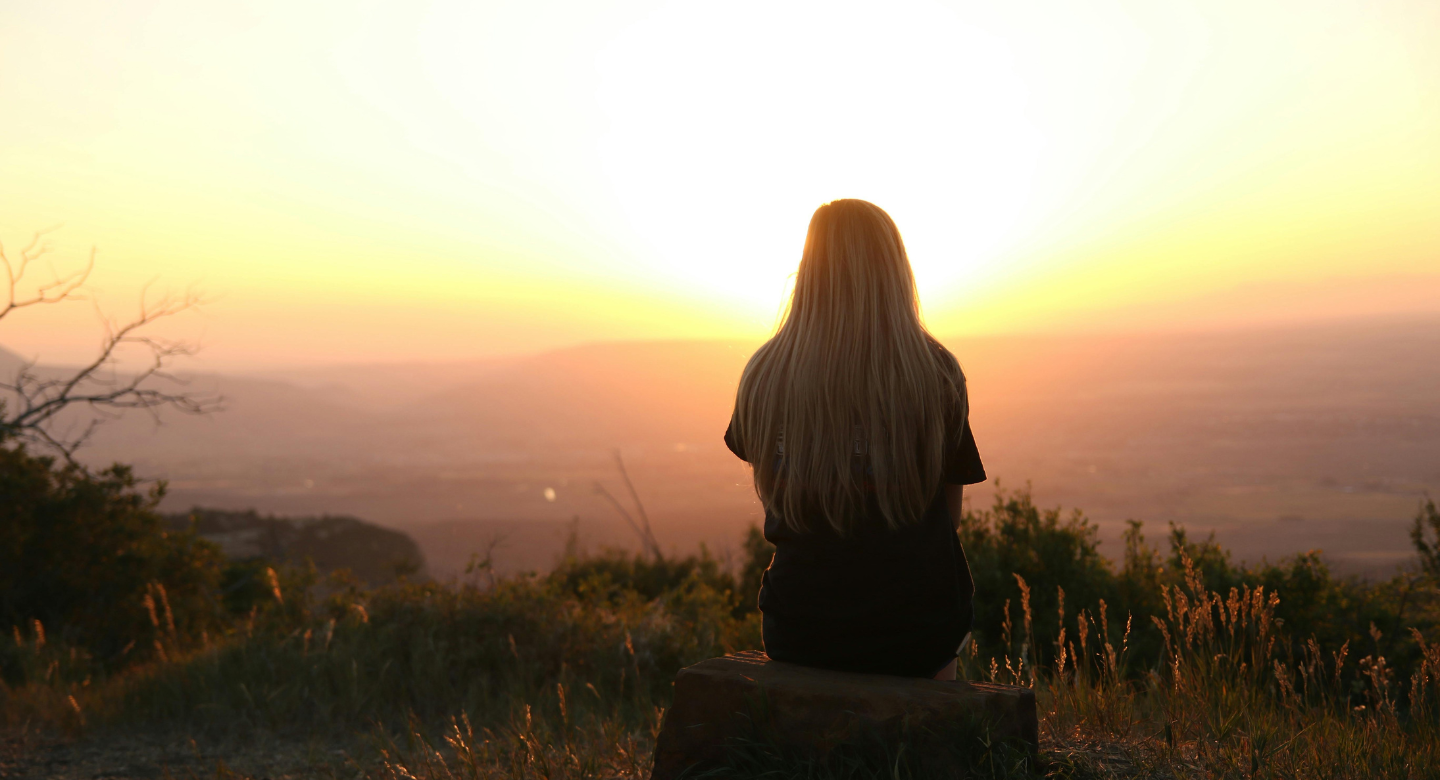
Mental Clarity and Stress Relief:
The meditative aspect of spiritual trekking helps declutter the mind and alleviate stress. It combines the calming effects of nature with practices like mindfulness and meditation, creating a powerful remedy for mental well-being.
Physical Fitness:
Trekking through challenging terrains not only improves physical endurance but also enhances mental resilience. To fully enjoy this experience, it is recommended to engage in small fitness training and physical preparation beforehand.
Enhanced Spiritual Awareness:
Exploring sacred places and immersing in spiritual traditions deepen one’s connection with personal beliefs. Activities like meditation and prayer in these tranquil environments foster peace, dispel negativity, and rejuvenate both body and mind.
Renewed Perspective on Life:
Spiritual trekking often instills a sense of gratitude and humility, providing a fresh perspective on life’s priorities. It encourages introspection and a greater appreciation for the journey of life.
Community and Cultural Exposure:
Trekking through spiritually rich regions offers travelers the chance to engage with local communities and learn about their traditions and stories. These experiences connect trekkers with the spiritual essence of the place, spark creativity, and inspire meaningful reflections.
9 Popular Spiritual Trekking Destinations in India
1. Kedarnath Trek, Uttarakhand
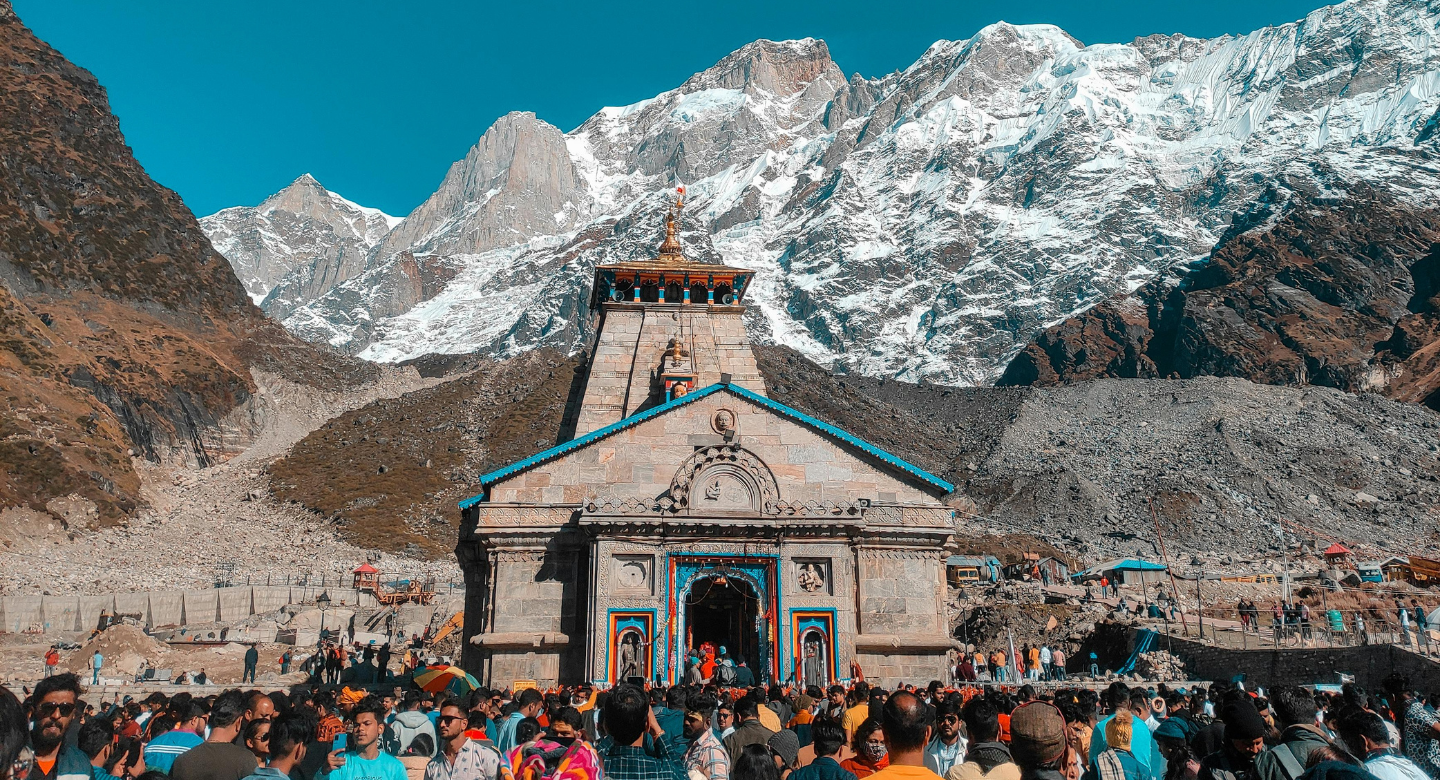
The Kedarnath Trek offers a breathtaking journey through rugged terrains, dense forests, and snow-capped peaks. The walk concludes at the Kedarnath Temple, one of Lord Shiva’s twelve Jyotirlingas located in the beautiful Himalayas. This sacred journey invites pilgrims to immerse themselves in spiritual devotion and the divine serenity of the temple’s surroundings.
| 📍 Location | Rudraprayag District, Uttarakhand |
| 🏔️Altitude | 11,755 ft |
| 👣Distance | 32 KM |
| 🕐Duration | 2-3 Days |
| 🥇Grade | Moderate |
2. Amarnath Yatra, Jammu & Kashmir
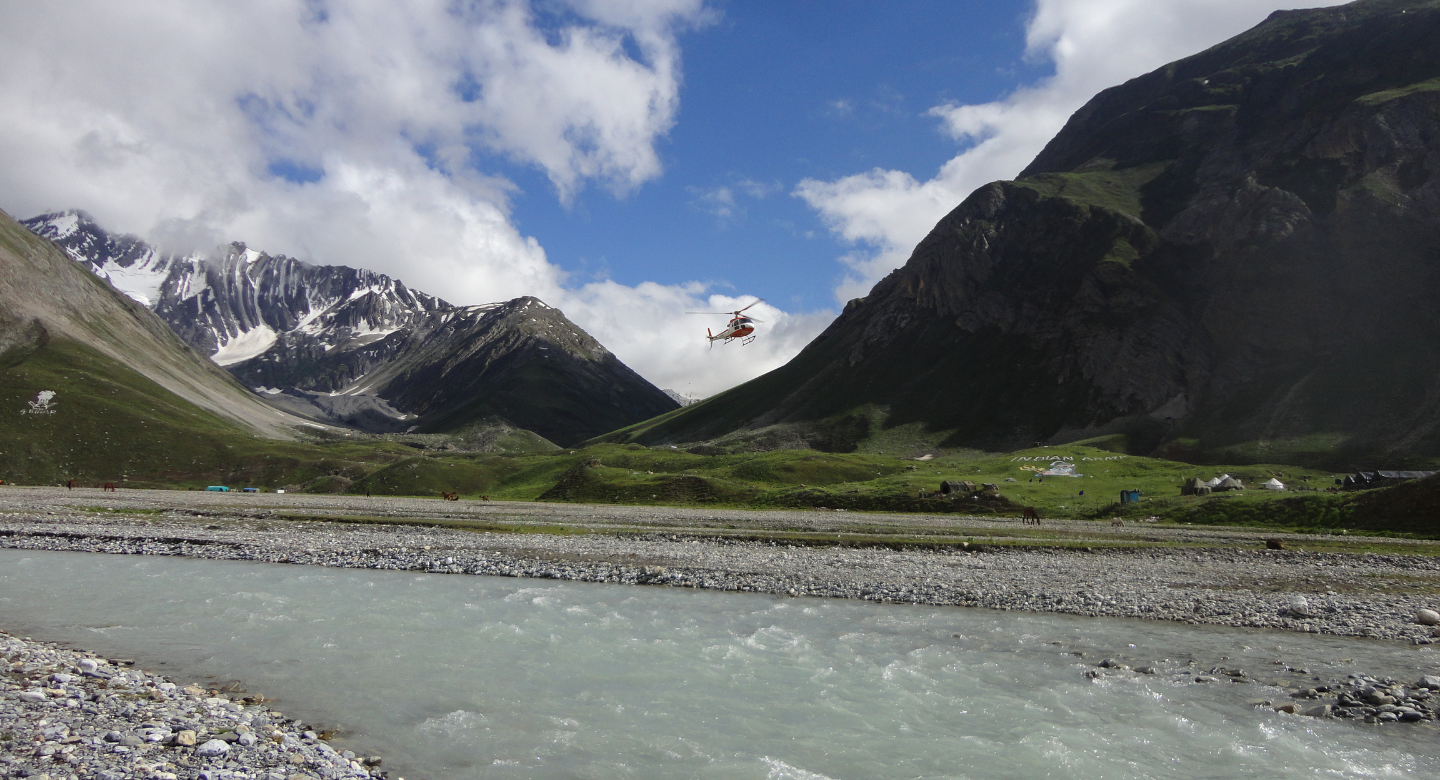
The trek to the Amarnath Cave is an awe-inspiring adventure through picturesque valleys and challenging terrains. Inside the cave, a natural ice Shivling forms annually, attracting devotees from across the globe. This pilgrimage symbolizes unwavering faith and a deep connection to Lord Shiva.
| 📍 Location | Pahalgam, Uttarakhand |
| 🏔️Altitude | 12,756 ft |
| 👣Distance | 36 KM |
| 🕐Duration | 3-5 Days |
| 🥇Grade | Moderate |
3. Parashar Lake Trek, Himachal Pradesh
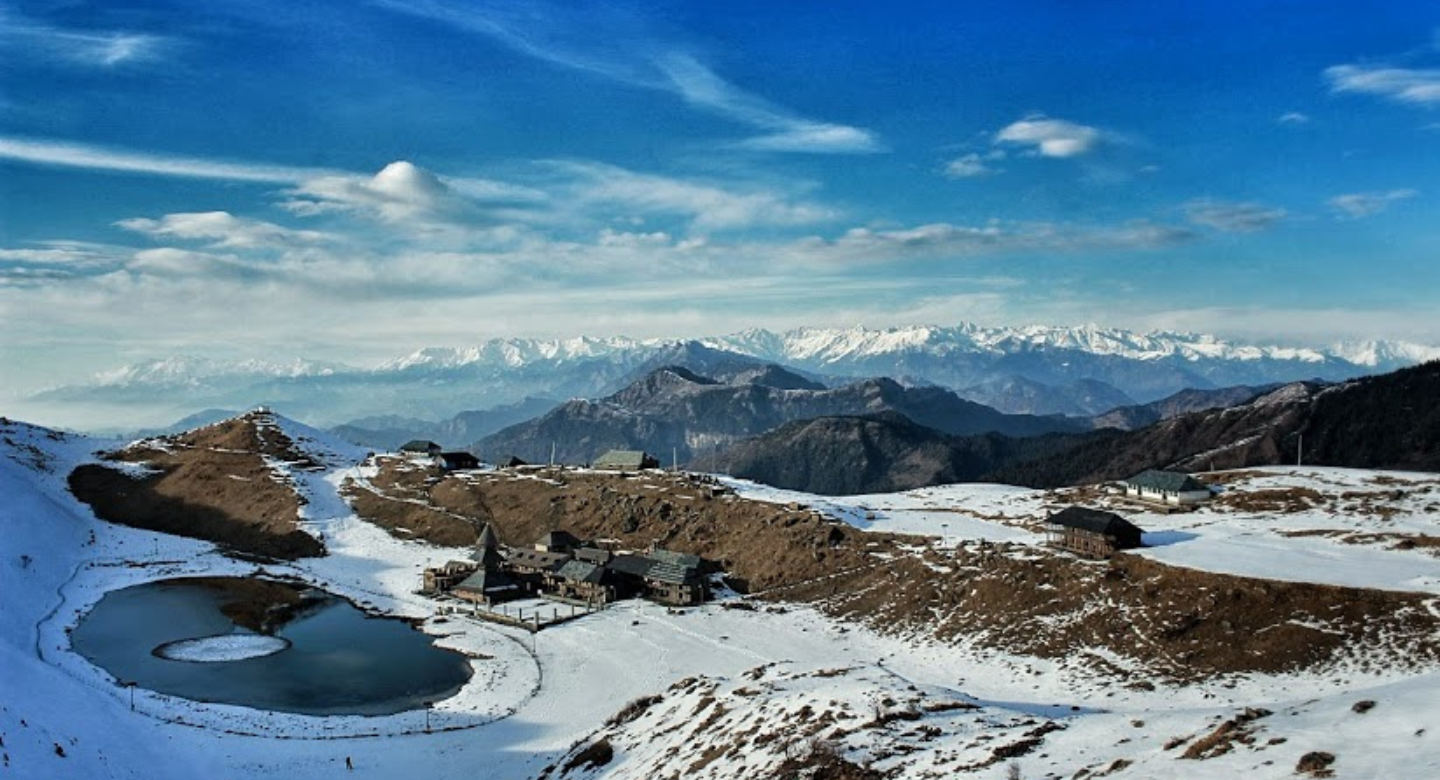
This serene trek leads adventurers to a pristine high-altitude lake surrounded by snow-capped mountains. At the lake’s edge stands an ancient temple dedicated to Sage Parashar, renowned for its unique architecture. The tranquil setting and spiritual aura make this trek a perfect retreat for introspection and peace.
| 📍 Location | Mandi District, Uttarakhand |
| 🏔️Altitude | 8,957 ft |
| 👣Distance | 15 KM |
| 🕐Duration | 2 Days |
| 🥇Grade | Easy |
4. Adi Kailash Trek, Uttarakhand
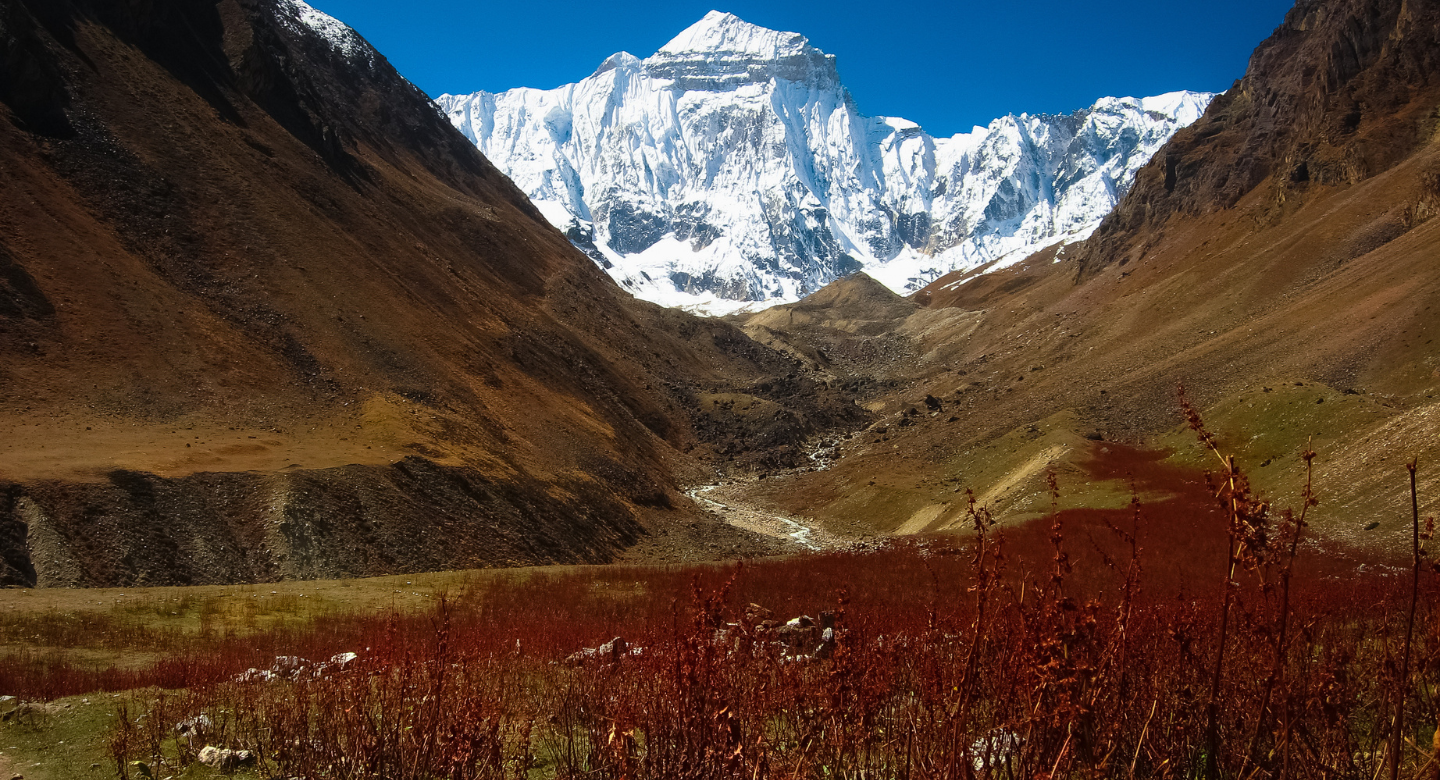
Often referred to as “Chhota Kailash,” this trek takes adventurers through the scenic landscapes of Kumaon, passing waterfalls and lush valleys. It serves as a spiritual alternative to the Kailash Mansarovar Yatra, offering stunning views of Mount Adi Kailash. The journey holds deep spiritual significance as it mirrors the revered Kailash pilgrimage, fostering divine connection.
| 📍 Location | Pithoragarh, Uttarakhand |
| 🏔️Altitude | 15,000 ft |
| 👣Distance | 80 KM |
| 🕐Duration | 12-15 Days |
| 🥇Grade | Difficult |
5. Vaishno Devi Trek, Jammu

This popular trek ascends through scenic paths to the revered shrine of Mata Vaishno Devi, situated in the Trikuta Mountains. Pilgrims often experience a sense of unity and devotion as they chant and walk together. The journey embodies faith and divine blessings, with the temple being a major spiritual landmark.
| 📍 Location | Katra, Jammu & Kashmir |
| 🏔️Altitude | 5,197 ft |
| 👣Distance | 26 KM |
| 🕐Duration | 2 Days |
| 🥇Grade | Easy to Moderate |
6. Hemkund Sahib Trek, Uttarakhand
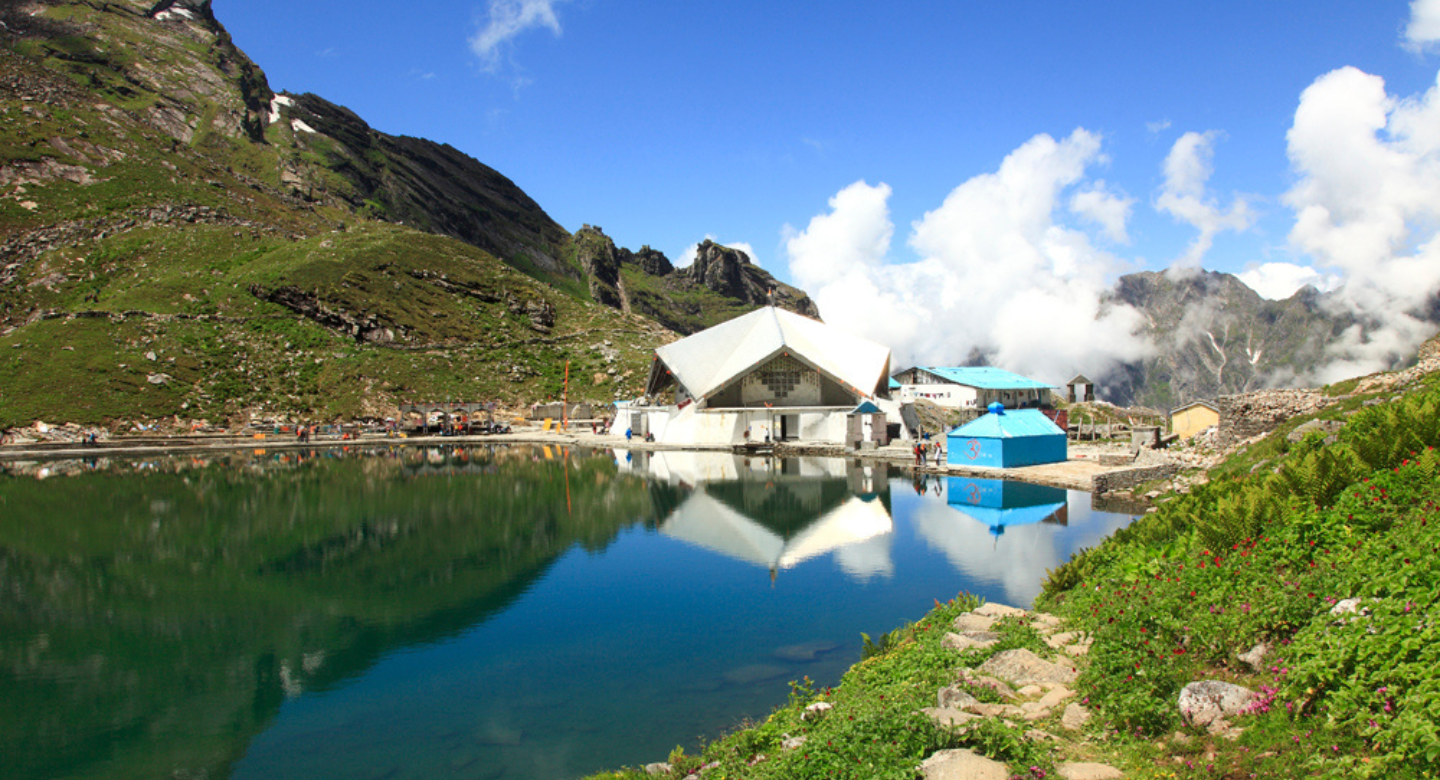
The Hemkund Sahib Trek takes trekkers through vibrant meadows and serene alpine landscapes. It leads to a sacred Sikh gurudwara at a glacial lake, reflecting the peaks around it. This holy site offers spiritual solace and inspires faith in the hearts of all who visit.
| 📍 Location | Chamoli district, Uttarakhand |
| 🏔️Altitude | 15,197 ft |
| 👣Distance | 24 KM |
| 🕐Duration | 4-5 Days |
| 🥇Grade | Moderate |
7. Phugtal Monastery Trek, Ladakh
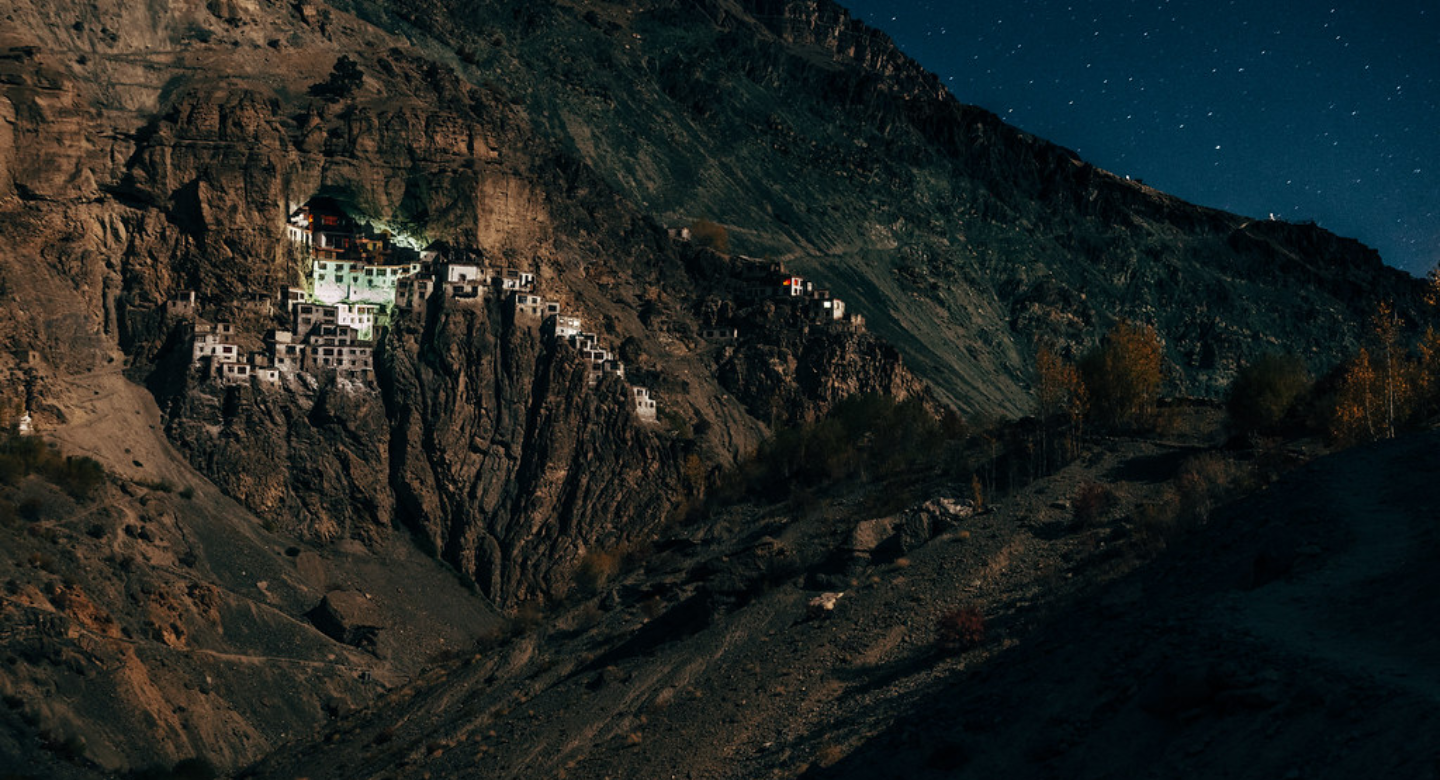
This trek winds through the rugged terrains of Zanskar Valley to the remote Phugtal Monastery, perched on a cliffside. The monastery’s dramatic location offers breathtaking views and a sense of timeless peace. Its spiritual essence lies in its history of Buddhist teachings and meditative ambiance.
| 📍 Location | Zanskar Valley, Ladakh |
| 🏔️Altitude | 12,467 ft |
| 👣Distance | 40 KM |
| 🕐Duration | 6-8 Days |
| 🥇Grade | Moderate |
8. Kinner Kailash Trek, Himachal Pradesh
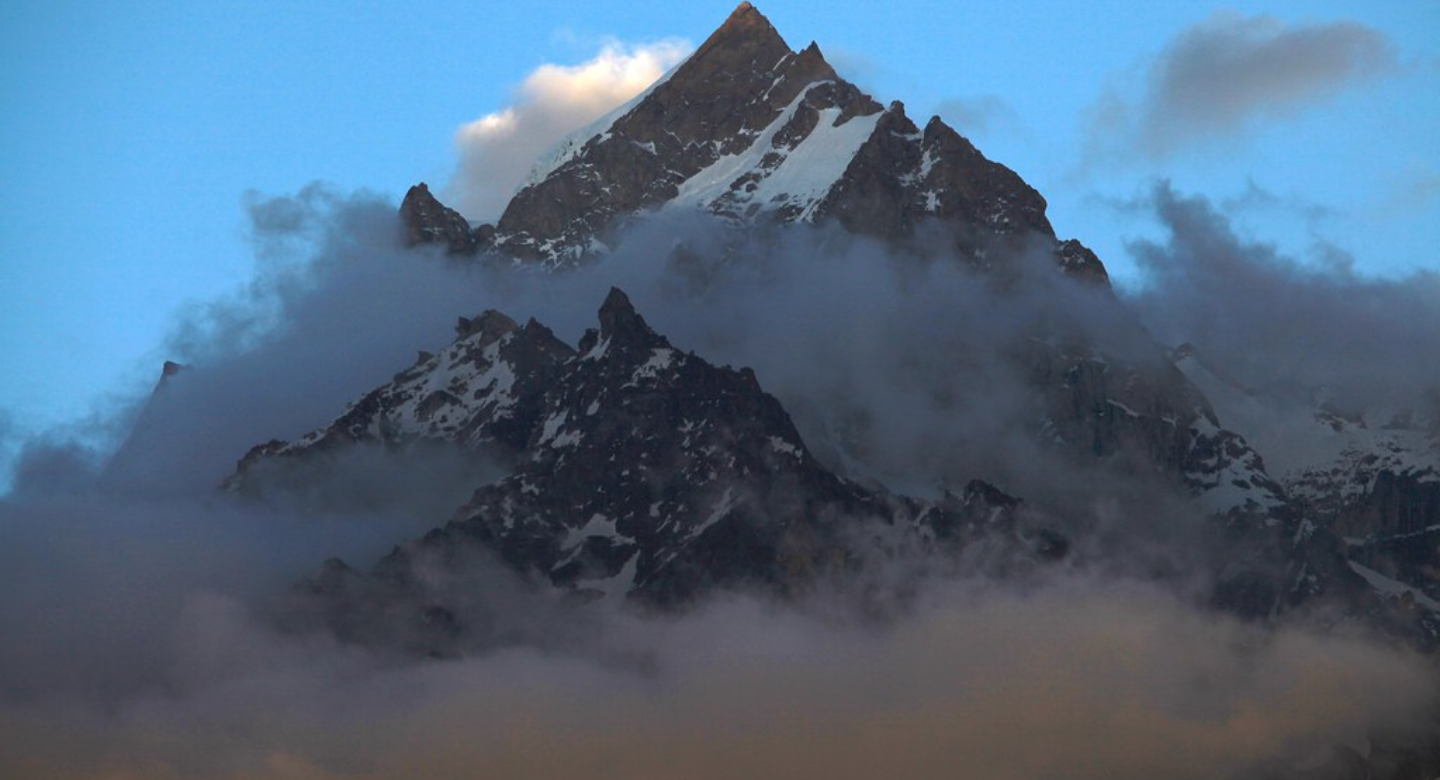
The trek to Kinner Kailash takes adventurers through dense forests and charming villages, offering spectacular views of the Kinnaur range. The highlight is reaching the sacred Shivling Peak, a revered site for devotees of Lord Shiva. This spiritual journey combines natural beauty with deep religious significance, inspiring awe and devotion.
| 📍 Location | Kinnaur District, Himachal Pradesh |
| 🏔️Altitude | 15,256 ft |
| 👣Distance | 36 KM |
| 🕐Duration | 3-5 Days |
| 🥇Grade | Difficult |
9. Satopanth Lake Trek, Uttarakhand
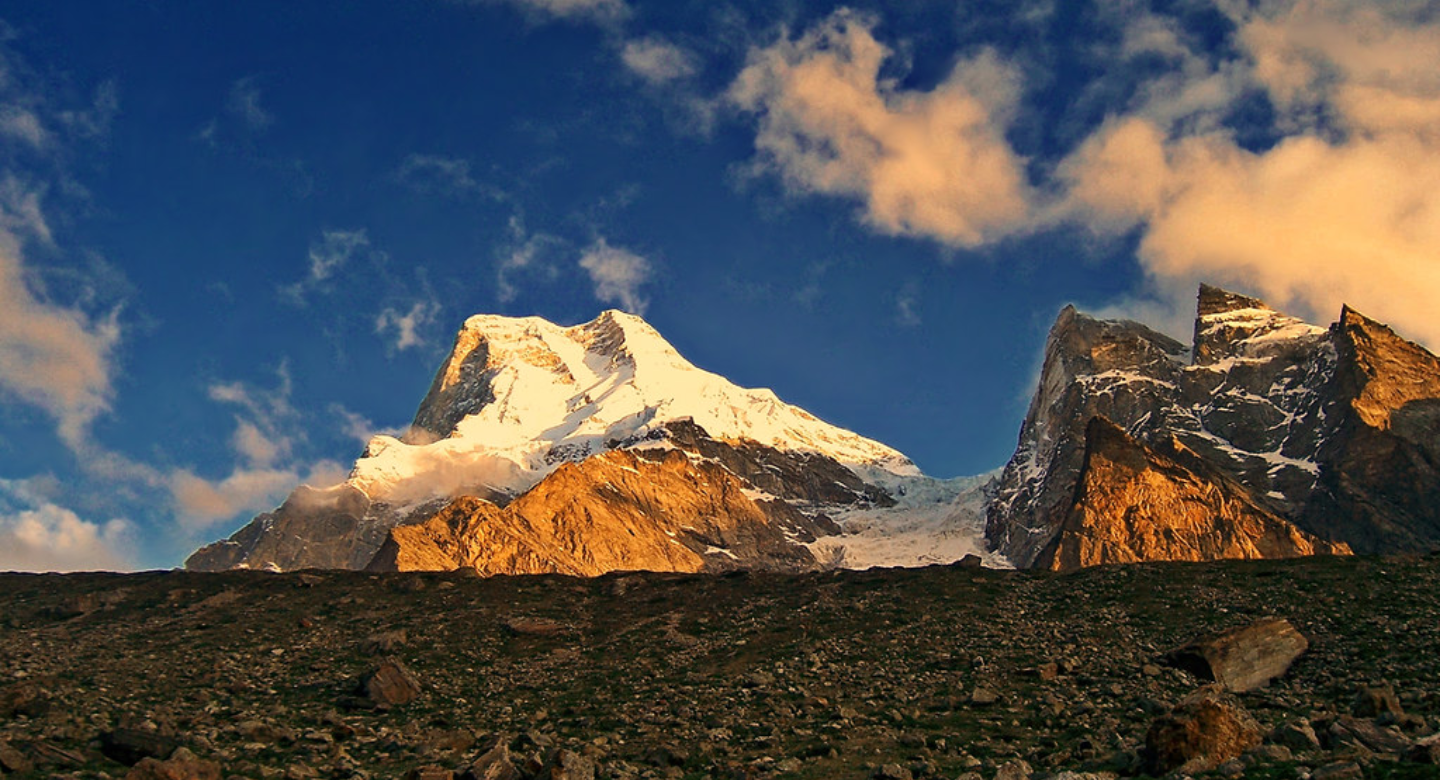
The Satopanth Lake Trek takes adventurers through the rugged landscapes of the Garhwal Himalayas, surrounded by towering peaks like Neelkanth, Chaukhamba, and Balakun. The emerald-green, triangular lake is a pristine wonder, perched at an altitude of 4,600 meters. This sacred lake is believed to be visited by the Holy Trinity—Brahma, Vishnu, and Shiva—adding profound spiritual significance to the journey, making it a pilgrimage of immense faith and serenity.
| 📍 Location | Chamoli district, Uttarakhand |
| 🏔️Altitude | 15,092 ft |
| 👣Distance | 50 KM |
| 🕐Duration | 6-7 Days |
| 🥇Grade | Moderate to Difficult |
How to Prepare for a Spiritual Trek
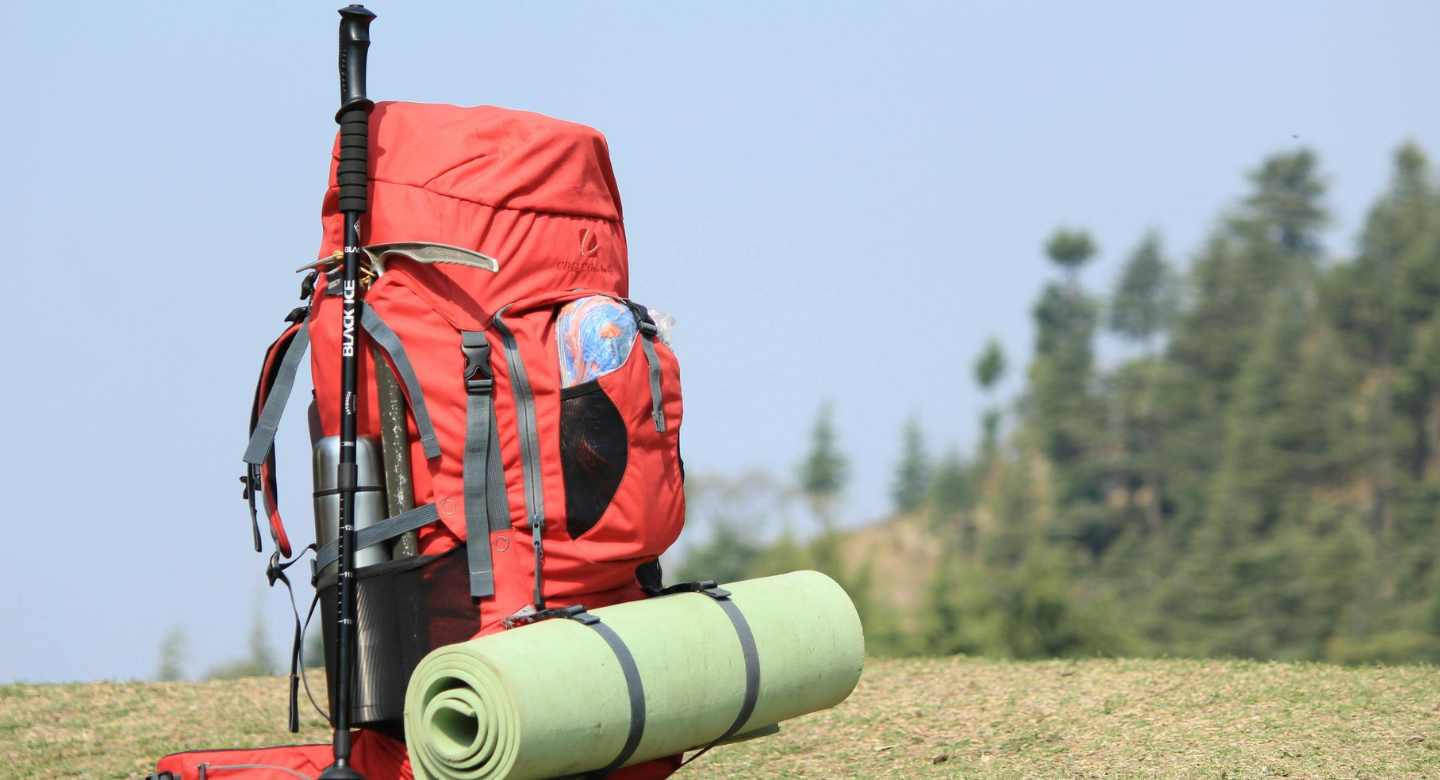
Physical Fitness:
Prepare for the physical demands of trekking in hilly or mountainous regions by building your endurance and strength. Research the trek’s duration and difficulty level to match your capabilities. Beginners should opt for easy treks lasting 1 to 2 days. Focus on exercises that strengthen your legs, such as walking, stair climbing, or targeted workouts, to ensure you’re ready for the journey.
Spiritual Preparation:
Familiarize yourself with the spiritual significance of your destination and its associated customs and stories. Engage in meditative practices to center your mind and open yourself to new experiences. Starting meditation before your journey can deepen your connection with the place and prepare you for the transformative aspects of the trek.
Gear Up:
Pack light, prioritizing essential trekking gear such as sturdy shoes, weather-appropriate clothing, and basic supplies. Bring a journal for introspection—it can help you reflect, build gratitude, and dispel negativity. Carrying less not only reduces physical strain but also aligns with the simplicity often associated with spiritual journeys.
Respect Local Culture:
Respect the traditions, beliefs, and practices of the communities you encounter. Take time to understand their customs to foster genuine connections. Always seek permission before photographing people or rituals and avoid behavior that might disrupt their practices. Showing respect enhances the spiritual experience for both you and the locals.
Conclusion for Places for Spiritual Trekking Adventures in India
Spiritual trekking in India offers a unique blend of physical adventure and inner transformation that goes beyond traditional hiking experiences. As seekers continue to discover these sacred paths, they not only challenge their physical limits but also embark on profound journeys of self-discovery. Whether you’re an experienced trekker or a spiritual enthusiast, these destinations provide the perfect setting to connect with both nature’s grandeur and your inner self.
The ancient wisdom embedded in India’s spiritual landscapes, combined with the physical demands of trekking, creates an experience that can leave lasting impressions on one’s life journey. As you plan your next adventure, consider choosing a spiritual trek – it might just be the transformative experience you’ve been seeking.
Frequently Asked Questions FAQ’s for Spiritual Trekking Adventures in India
What are some popular places for spiritual trekking in India?
India offers numerous spiritual trekking destinations, including:
Chardham Yatra (Yamunotri, Gangotri, Kedarnath, and Badrinath) in Uttarakhand.
Amarnath Cave Trek in Jammu and Kashmir.
Valley of Flowers and Hemkund Sahib Trek in Uttarakhand.
Tawang Monastery Trek in Arunachal Pradesh.
Parvati Valley Trek in Himachal Pradesh.
What is the best time for spiritual trekking in India?
The ideal time for spiritual trekking varies by destination:
Summer (April to June): Great for treks in Uttarakhand and Himachal Pradesh.
Monsoon (July to September): Suitable for the Valley of Flowers.
Autumn (September to November): Ideal for Amarnath and Tawang Monastery treks.
Winter (December to February): Some spiritual treks in southern India like the Kudremukh trek can be undertaken.
Are spiritual treks in India suitable for beginners?
Yes, many spiritual treks, such as the Kedarnath Trek or the Hemkund Sahib Trek, are beginner-friendly. However, some, like the Amarnath Trek, require moderate to advanced fitness due to challenging terrains and high altitudes.
What are the key spiritual experiences associated with trekking?
Spiritual trekking often combines physical endurance with introspection and devotion. You’ll experience:
Meditating in serene natural environments.
Visiting ancient temples, monasteries, or sacred sites.
Feeling connected with nature and spirituality.
Gaining a sense of inner peace and fulfillment.
What fitness level is required for spiritual trekking?
Most treks require moderate physical fitness, as they involve walking for several hours each day. Preparation tips:
Regular cardio exercises.
Strength training for legs.
Acclimatization for high-altitude treks.
Consulting a physician if you have medical concerns.
What should I pack for a spiritual trekking adventure?
Essentials include:
Comfortable trekking shoes.
Weather-appropriate clothing and rain gear.
A small backpack with water bottles, snacks, and a first-aid kit.
Torch, trekking poles, and power banks.
Personal items like prayer books or meditation accessories.
Are there guided tours available for spiritual treks?
Yes, several companies and local guides offer organized tours, which include:
Transportation, Accommodation, Meals
Permits and knowledgeable guides to enhance your experience.
Are there any spiritual treks in South India?
Yes, spiritual treks in South India include:
Sabarimala Trek in Kerala.
Skandagiri Hills and Nandi Hills in Karnataka.
Arunachala Hill Trek in Tamil Nadu.
These treks often lead to ancient temples or sites associated with saints and sages.
Is it safe for solo travelers to go on spiritual treks in India?
Yes, most spiritual trekking routes in India are safe for solo travelers, but take precautions:
Research the trek thoroughly.
Inform someone about your itinerary.
Hire a guide or join a group for remote treks.
Carry safety essentials and emergency contacts.
Can I combine spiritual trekking with eco-tourism?
Absolutely! Many spiritual trekking destinations are in ecologically sensitive areas. For example:
Valley of Flowers is a UNESCO World Heritage Site with diverse flora and fauna.
Dzongri Trek in Sikkim combines Buddhist monasteries with stunning mountain landscapes.
Practice responsible tourism by avoiding littering and respecting local cultures.


